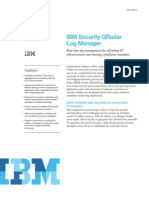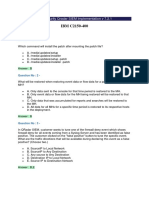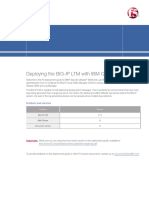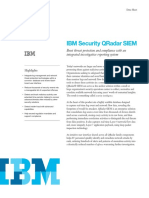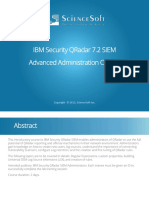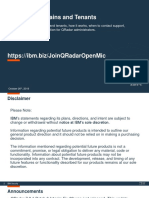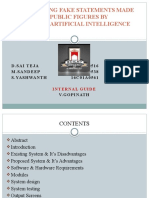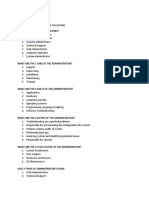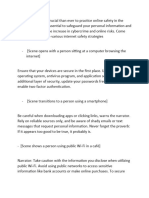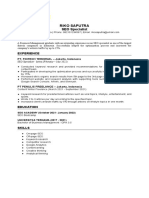0% found this document useful (0 votes)
55 views34 pagesQRadar Log Source Protocols - OpenMic - April 2016
The document discusses IBM Security QRadar's log source protocols, detailing approximately 52 protocols available for event data collection, categorized into listening, polling, and specialty protocols. It provides an overview of how QRadar processes events, defines key terms such as events and log source protocols, and explains the functionality of various protocols including Syslog and JDBC. Additionally, it outlines the process for traffic analysis and auto-detection of log sources within the QRadar system.
Uploaded by
maildupli123Copyright
© © All Rights Reserved
We take content rights seriously. If you suspect this is your content, claim it here.
Available Formats
Download as PDF, TXT or read online on Scribd
0% found this document useful (0 votes)
55 views34 pagesQRadar Log Source Protocols - OpenMic - April 2016
The document discusses IBM Security QRadar's log source protocols, detailing approximately 52 protocols available for event data collection, categorized into listening, polling, and specialty protocols. It provides an overview of how QRadar processes events, defines key terms such as events and log source protocols, and explains the functionality of various protocols including Syslog and JDBC. Additionally, it outlines the process for traffic analysis and auto-detection of log sources within the QRadar system.
Uploaded by
maildupli123Copyright
© © All Rights Reserved
We take content rights seriously. If you suspect this is your content, claim it here.
Available Formats
Download as PDF, TXT or read online on Scribd
/ 34





















